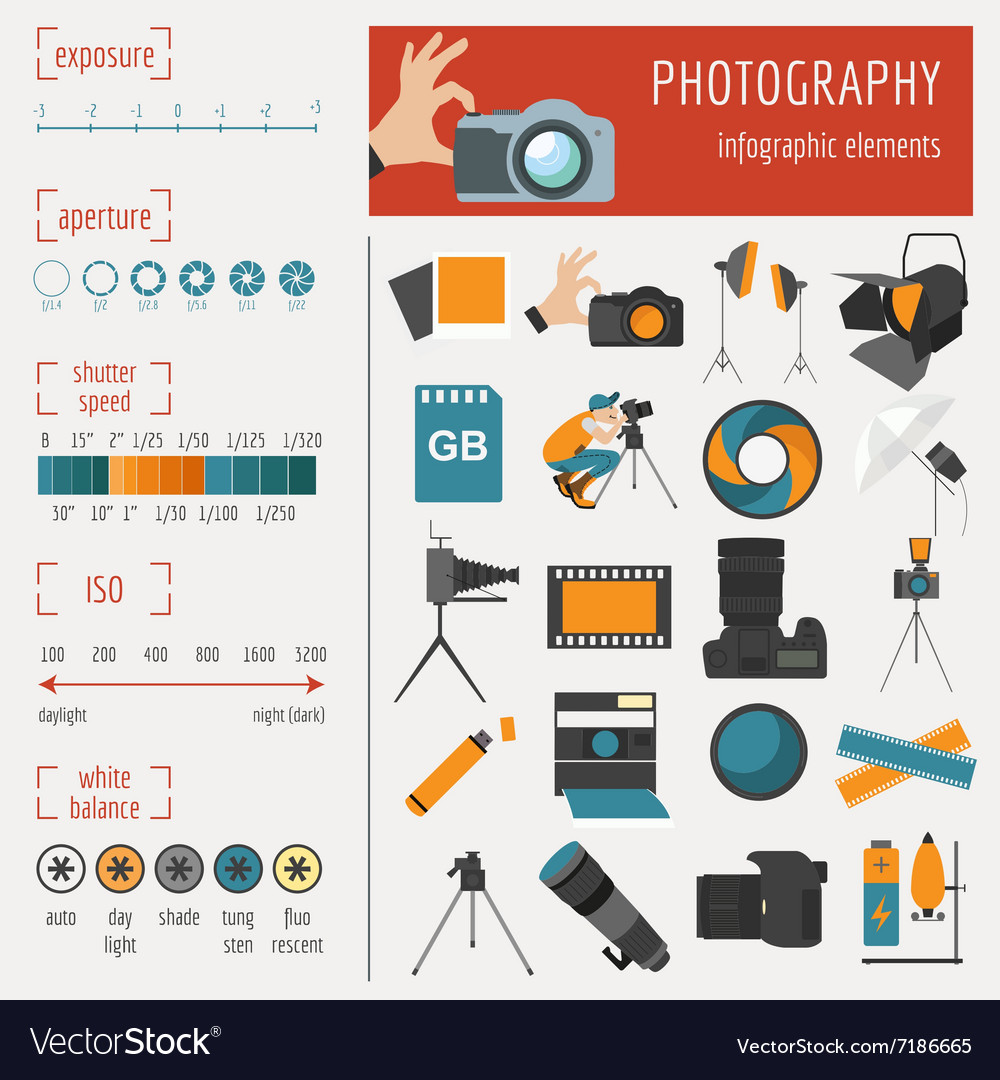Change Your Digital Photography By Mastering Illumination Techniques That Can Raise Your Images-- Find The Usual Pitfalls That Could Be Holding You Back
Change Your Digital Photography By Mastering Illumination Techniques That Can Raise Your Images-- Find The Usual Pitfalls That Could Be Holding You Back
Blog Article
Created By-Parks Polat
As a digital photographer, you understand that lights can make or break your images. Understanding the subtleties of both natural and synthetic light is vital for catching the mood and clarity you aim for in your work. Whether you're chasing the ideal gold hour radiance or fine-tuning your man-made setups, grasping these elements can raise your digital photography considerably. Yet there are common pitfalls that lots of overlook, and identifying them can transform your strategy to every shoot. Let's discover what you may be missing and exactly how it can influence your results.
Recognizing Natural Light
Recognizing natural light is important for any professional photographer wanting to enhance their job. It's the foundation of fantastic photography, affecting mood, tone, and clarity. When you shoot outdoors, take note of the moment of day. The golden hour-- quickly after dawn and prior to sundown-- offers soft, warm light that can change average scenes right into sensational photos.
Do not undervalue the power of overcast days. Cloud cover diffuses sunlight, developing a soft, even light that's ideal for portraits and macro digital photography. You'll find shades pop in this sort of illumination without severe darkness.
https://www.we-heart.com/2020/02/07/what-is-a-photo-shoot/ , also. Always consider your topic's orientation to the light. If the sunlight's behind your topic, you may wind up with a shape, which can be significant but mightn't be what you desire. Alternatively, just click the up coming internet page can produce unflattering darkness.
Trying out angles; in some cases, transforming your viewpoint can produce fantastic outcomes. Use all-natural reflectors, like water or sand, to jump light onto your subject, including dimension.
Mastering Artificial Light
Understanding fabricated light is important for digital photographers that intend to take their skills to the next degree. Whether you're making use of speedlights, studio strobes, or continuous lights, understanding just how to adjust these sources can significantly improve your images.
Beginning by familiarizing yourself with the basics of light top quality, direction, and shade temperature. Trying out different modifiers like softboxes, umbrellas, or grids to manage the softness or cruelty of the light.
You'll find that soft light commonly creates lovely outcomes, while harsher light can add dramatization and depth. Do not avoid shadows; they can improve the three-dimensionality of your subjects.
Pay very close attention to the placement of your lights. A light positioned too near your subject can create unflattering results, while as well away can cause an absence of information. Make use of a light meter or your video camera's pie chart to ensure you're revealing properly.
Finally, remember that fabricated light can be mixed with ambient light for innovative results. Stabilizing these resources may take method, but once you understand it, your digital photography will genuinely radiate.
Techniques for Different Situations
When you enter various shooting scenarios, adapting your illumination methods is essential for recording the most effective photos. For outdoor pictures, make use of the gold hour-- morning or late afternoon light-- to soften darkness and enhance complexion.
If it's a harsh midday sunlight, think about utilizing a reflector to bounce light back onto your topic or look for shaded areas for a much more even direct exposure.
In low-light scenarios, like indoor occasions, enhance your ISO and make use of a large aperture to allow in even more light. A tripod can help get rid of camera shake, enabling longer exposures without blurring.
If you're shooting at night, trying out off-camera flash to develop vibrant lighting and depth in your images.
For item photography, utilize diffused illumination to avoid harsh representations. Softboxes or light tents can help achieve this impact.
When photographing landscapes, think about the instructions of light and time of day, as it can substantially alter the state of mind of your shot.
Always prepare to change your setups and placing based on the scenario, as versatility is crucial to understanding lights in photography.
Final thought
In conclusion, grasping illumination is key to boosting your digital photography abilities. Embrace all-natural light's beauty during golden hour, and do not shy away from explore man-made light strategies. By adjusting https://blogfreely.net/corrine33klara/contrasting-popular-cameras-which-one-is-ideal-for-you to various circumstances, you'll capture magnificent images that reverberate with emotion and clearness. Bear in mind, the appropriate lights can transform an average shot into something extraordinary, so keep practicing and fine-tuning your understanding of both natural and fabricated light. Happy shooting!
